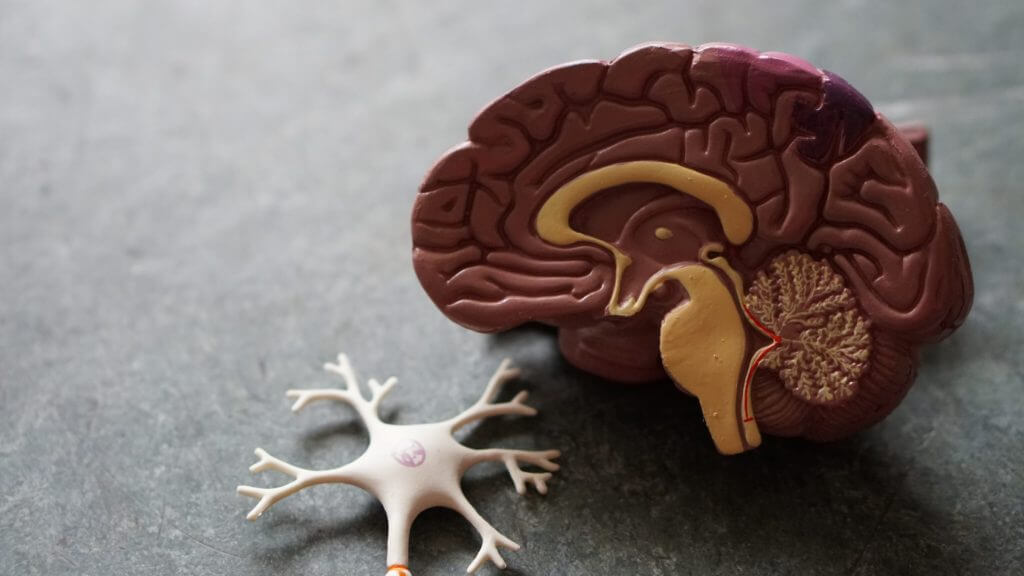The multiple sclerosis (MS) landscape includes several assets promising a breakthrough.
We have put together this short summary containing some of the latest info on the disease, today’s marketplace, and what the future holds in store for us.
The disease
Multiple sclerosis is a disorder of the central nervous system and potentially disabling disease. The immune system attacks the protective myelin sheath that acts as a shield to the nerve fibers, resulting in signal breakdown between the brain and the rest of the body. Irreversible deterioration and/or damage to the nerves is a common outcome for MS patients. MS development risk seems to increase by multiple genetic and environmental factors, according to current research.
The market
According to 2020 forecast publications (link 1, link 2), the MS drug market is projected to grow by 6-7% compound annual growth rate in terms of revenue (forecast period 2020-2027). The market is expected to expand due to various contributing factors; major ones are the growth of an aging population with geriatric issues (increased new MS cases), MS prevalence/incidence risk and rising awareness about the disease.
The MS market is highly segmented when it comes to disease types. The current landscape distinguishes patients into relapsing-remitting (RRMS), primary-progressive (PPMS), secondary-progressive (SPMS), and progressive-relapsing (PRMS). In total, 75%-85% of patients with MS are suffering from RRMS and this extremely large pool of patients is expected to dominate and drive forward the multiple sclerosis drug market.
Moreover, the MS space is attracting attention as clinical research and R&D investments are on the rise. MS novel therapies development is the focus for pharmaceutical companies and collaborations are formed due to increased research outputs. Pharmaceutical companies, both leading and smaller ones, have benefited from novel candidate molecules, as they strengthen their pipelines. Expected licensing and market launch of novel assets can be a forward driver for the MS drug market.
RRMS assets
RRMS: patients have relapses of MS and periods of stability in between. The current pipeline landscape* includes one Phase II and two Phase III assets, with four more having achieved approval or being in the process.
|
Drug |
Status |
|
ATX-MS-1467 |
Phase II |
|
Evobrutinib (M2951) |
Phase III |
|
Ublituximab (TG-1101) |
Phase III |
| Diroximel fumarate (ALKS 8700, VUMERITY) |
EU: Licensing (subm. 01/2021) US: Approved |
|
Ofatumumab (ARZERRA) |
EU: Licensing (subm. 02/2020, exp Q2 2021) US: Approved |
|
Ponesimod (ACT-128800) |
EU/US: Licensing (subm. 03/2020) |
| Ozanimod (ZEPOSIA) |
Approved |
PPMS assets
PPMS: patients show accumulation of disability, as they are characterized by worsening neurologic function, from the onset of symptoms, without early relapses or remissions. The current pipeline landscape* includes three Phase II and two Phase III assets, with none having achieved approval or being in the process.
|
Drug |
Status |
|
Ibudilast |
Phase II |
|
Idebenone |
Phase II |
|
Laquinimod |
Phase II |
|
Masitinib |
Phase III |
|
MD1003 (Biotin) |
Phase III |
SPMS assets
SPMS: a stage of MS that comes after RRMS for many patients, with disability getting steadily worse. The current pipeline landscape* includes five Phase II and three Phase III assets, with one more having achieved approval.
|
Drug |
Status |
|
Amiloride (MK-870, MIDAMOR) |
Phase II |
|
Fluoxetine |
Phase II |
|
Ibudilast |
Phase II |
|
Opicinumab (Anti-LINGO-1, BIIB033) |
Phase II |
|
Riluzole |
Phase II |
|
Masitinib |
Phase III |
|
MD1003 (Biotin) |
Phase III |
|
Simvastatin |
Phase III |
|
Siponimod (MAYZENT) |
EU/US: Approved |
PRMS assets
PRMS: this is the least common form of MS. Relapses or attacks happen every so often, but symptoms continue and get worse between relapses. This type is rare, as it is found in approximately 5% of people with MS. The current pipeline landscape* includes only one Phase II asset. However, drugs studied for relapsing MS, could also be used, as RRMS treatments are also used in PRMS.
|
Drug |
Status |
|
ACTH |
Phase II |
Other assets
Myelin repair or neuroprotection landscape* includes five Phase II assets.
|
Drug |
Status |
|
Bexarotene (TARGRETIN) |
Phase II |
|
Clemastine (Meclastin) |
Phase II |
|
Ibudilast |
Phase II |
|
Opicinumab (Anti-LINGO-1, BIIB033) |
Phase II |
|
Temelimab (GNbAC1) |
Phase II |
Takeaway message
The space of MS is expected to only grow, giving rise to opportunities for investment. Also, for the high unmet needs, current efforts seem to focus on investigating existing drugs, approved for other indications. In this extended pipeline, there are new assets in clinical trials, but more novel therapies and assets are needed. The increased funding that the landscape is receiving lately, which is believed will only continue to grow, is expected to give birth to more new assets. This creates a dynamic and fast-moving space that will require continuous monitoring for players to remain competitive.
Get some more insights on MS using LucidSearch, our smart search engine.
* Pipeline data: As published by Multiple Sclerosis Trust in January 2021
#multiplesclerosis #MS #RRMS
Sources:
Multiple Sclerosis Drugs Market Size, Share & COVID-19 Impact Analysis
